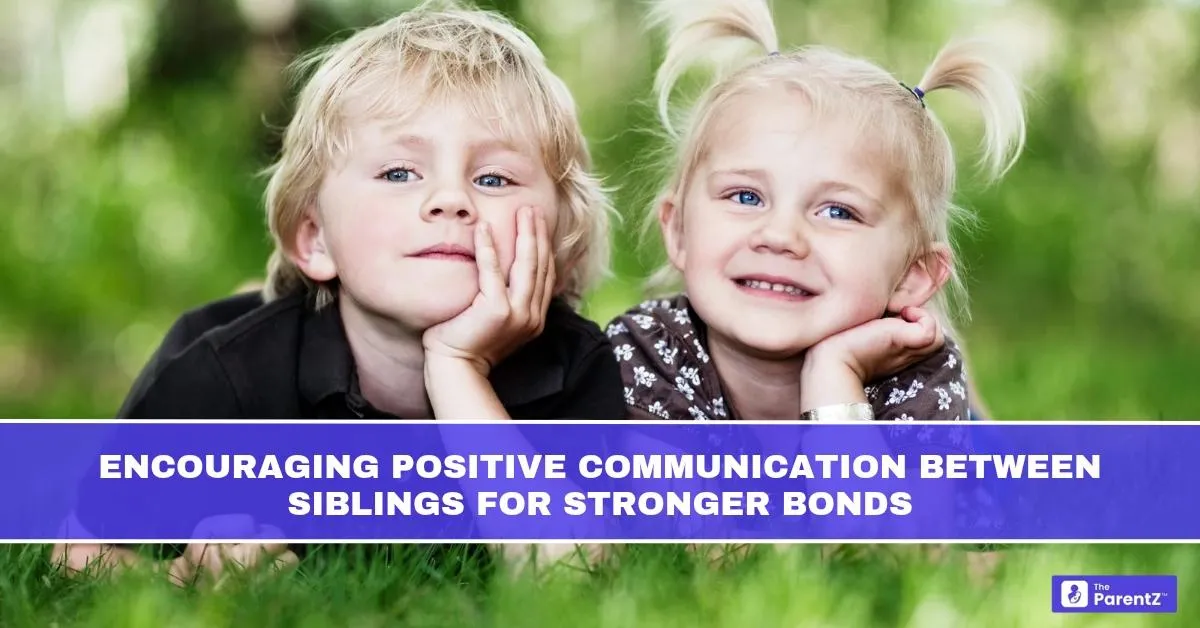Sibling relationships are often the longest-lasting bonds a child will have in their lifetime. The quality of communication between siblings can strongly influence their emotional development, conflict resolution skills, and family harmony. Parents play a vital role in shaping how children interact, especially in the early years when patterns of communication are still forming.
Why Sibling Communication Matters
- Social and emotional development: Positive exchanges help children learn empathy, turn-taking, and active listening.
- Conflict resolution skills: Early practice with siblings teaches negotiation and compromise.
- Family cohesion: Reduced sibling rivalry strengthens family unity.
- Long-term mental health: Strong sibling support can be a buffer against stress in adolescence and adulthood.
Common Barriers to Positive Sibling Communication
- Competition for parental attention – Rivalry often stems from a perception of unequal treatment.
- Developmental differences – Younger children may lack the vocabulary or patience older siblings expect.
- Unresolved conflicts – When disputes are ignored, they can create long-term resentment.
- External stressors – School pressure, peer issues, or family stress can reduce patience and tolerance.
Strategies to Foster Healthy Sibling Communication
1. Model Respectful Dialogue
Children mimic the communication styles they observe. Using polite language, avoiding sarcasm, and showing patience in family conversations creates a blueprint for siblings to follow.
2. Teach Active Listening Skills
Encourage siblings to look at each other when speaking, avoid interrupting, and repeat back what they heard to ensure understanding. These habits reduce misunderstandings.
3. Create Shared Activities
Joint tasks such as cooking, board games, or building a puzzle promote teamwork and require children to talk, plan, and problem-solve together.
4. Encourage “I” Statements
Instead of blaming (“You never listen”), teach children to express feelings through “I” statements (“I feel upset when you take my toys without asking”). This approach reduces defensiveness.
5. Avoid Labels
Calling one child “the smart one” and the other “the naughty one” can deepen communication gaps. Focus instead on individual strengths without comparisons.
6. Give Equal Opportunities to Speak
During family discussions, ensure each child has uninterrupted time to share their thoughts, fostering mutual respect.
7. Resolve Conflicts Early
Guide children in problem-solving steps: identify the issue, discuss possible solutions, and agree on a fair resolution. Avoid taking sides unless one child’s safety is at risk.
8. Praise Positive Interactions
Acknowledging when siblings cooperate or speak kindly reinforces the desired behavior. Be specific in praise (“I like how you explained the game rules patiently”).
When Professional Help May Be Needed
If sibling communication is consistently hostile, physically aggressive, or causes emotional distress, a family counselor or child psychologist can help address underlying issues and teach healthier interaction patterns.
Conclusion
Healthy sibling communication is not only about reducing fights but also about building a foundation of empathy, cooperation, and lifelong connection. Parents who actively nurture respectful dialogue and positive exchanges can help siblings grow into supportive, understanding adults who maintain strong bonds throughout life.








Be the first one to comment on this story.